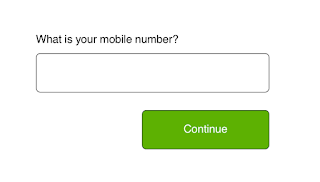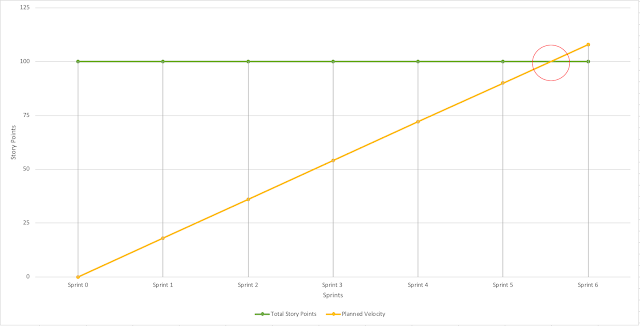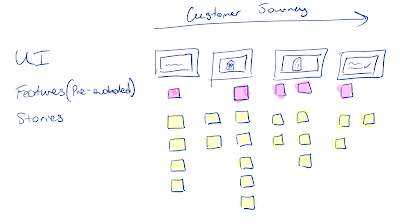Definition of Ready - "Ready for Sprint Planning" (Part 2)

Continuing on from my previous post on Definition of Ready- "Ready for Refinement" (Part 1) today we look at the next step in the Definition of Ready. In my opinion one of the most important events a scrum team attends is a Backlog Refinement session. The Backlog Refinement session is crucial in setting the team up for success. The purpose: vision, understanding and agreement. It's almost like building a user manual for a Lego set, you get an amazing picture on the box of what you are building (vision), the parts that we need to build (understanding), the steps to build it (agreement)? You then should have everything you need to follow the steps one by one, and slowly build piece by piece. What does Ready for Sprint Planning mean? That is what Backlog Refinement should achieve and this will then contribute to what it means to be "Ready for Sprint Planning" to complete your Definition of Ready checklist. Ready for Refinement Ready for Sprint Planning The term









